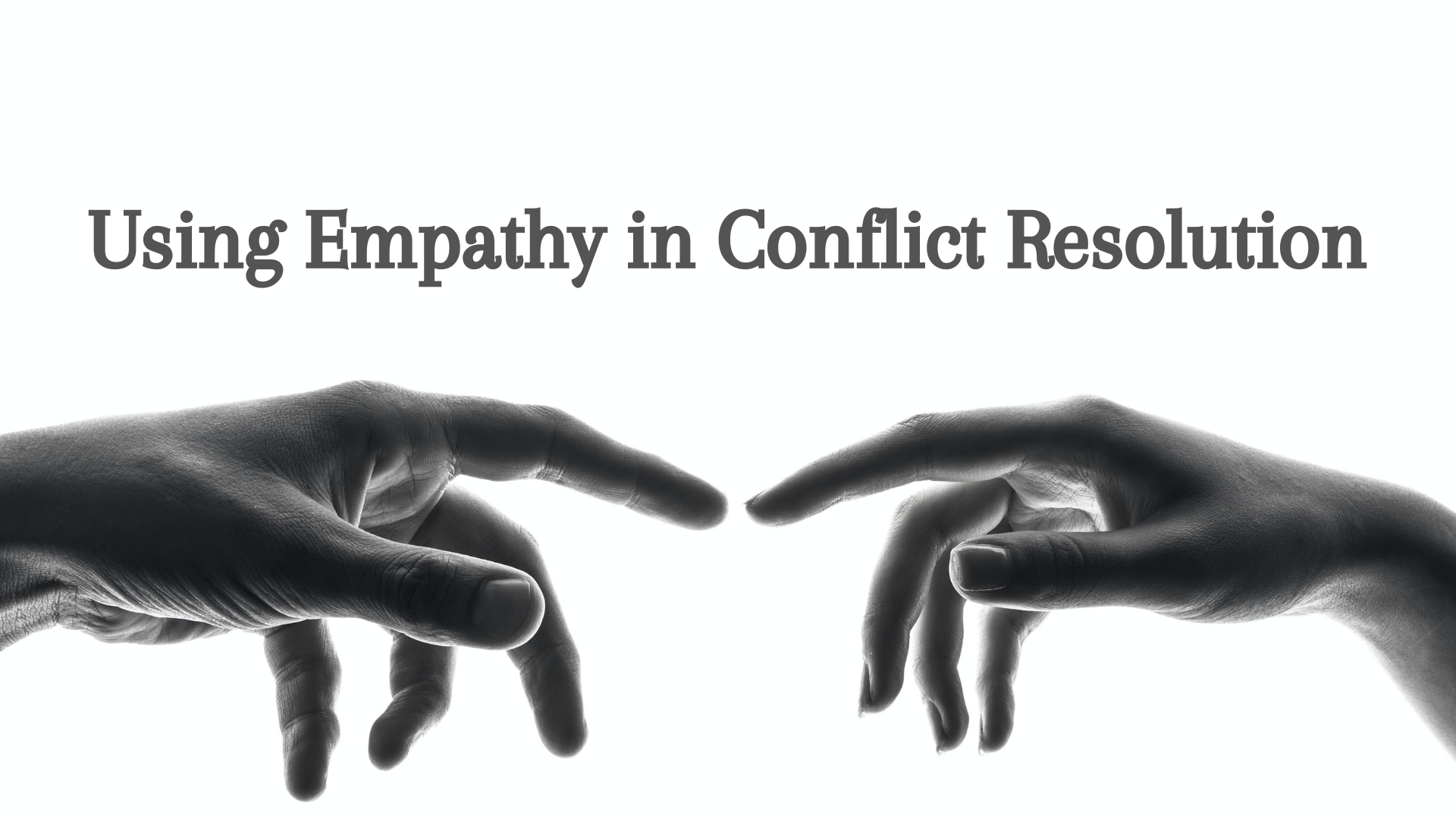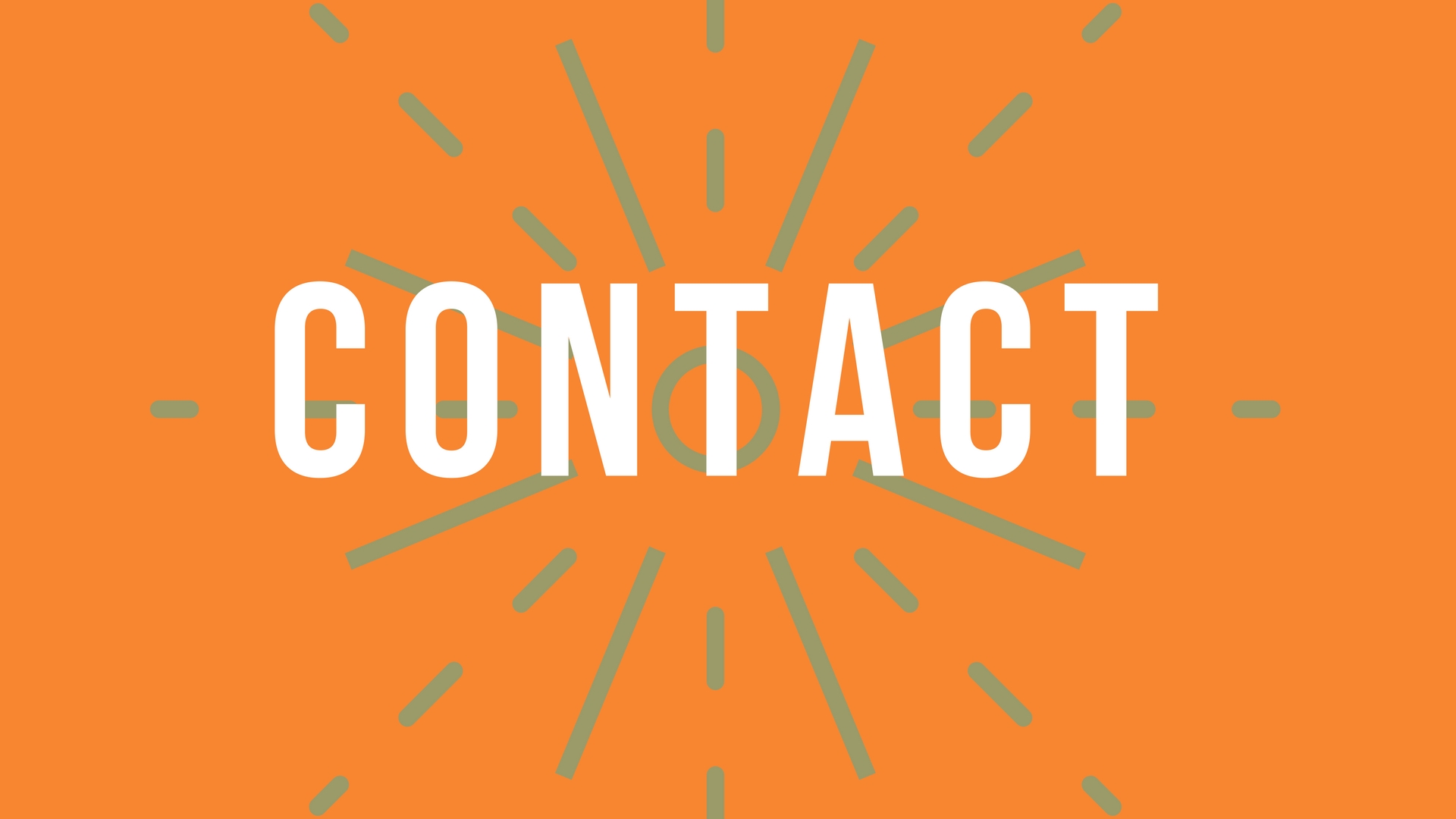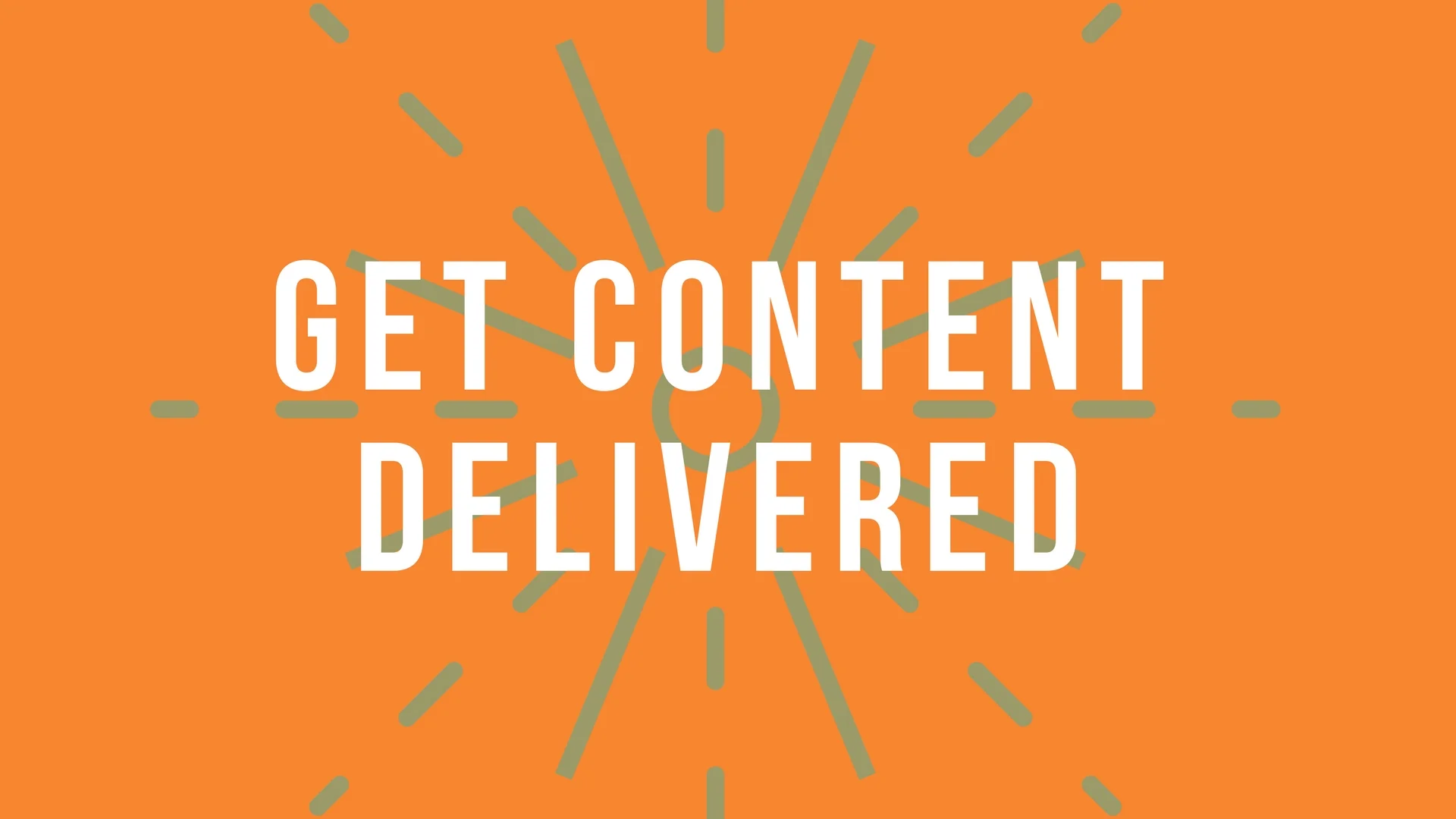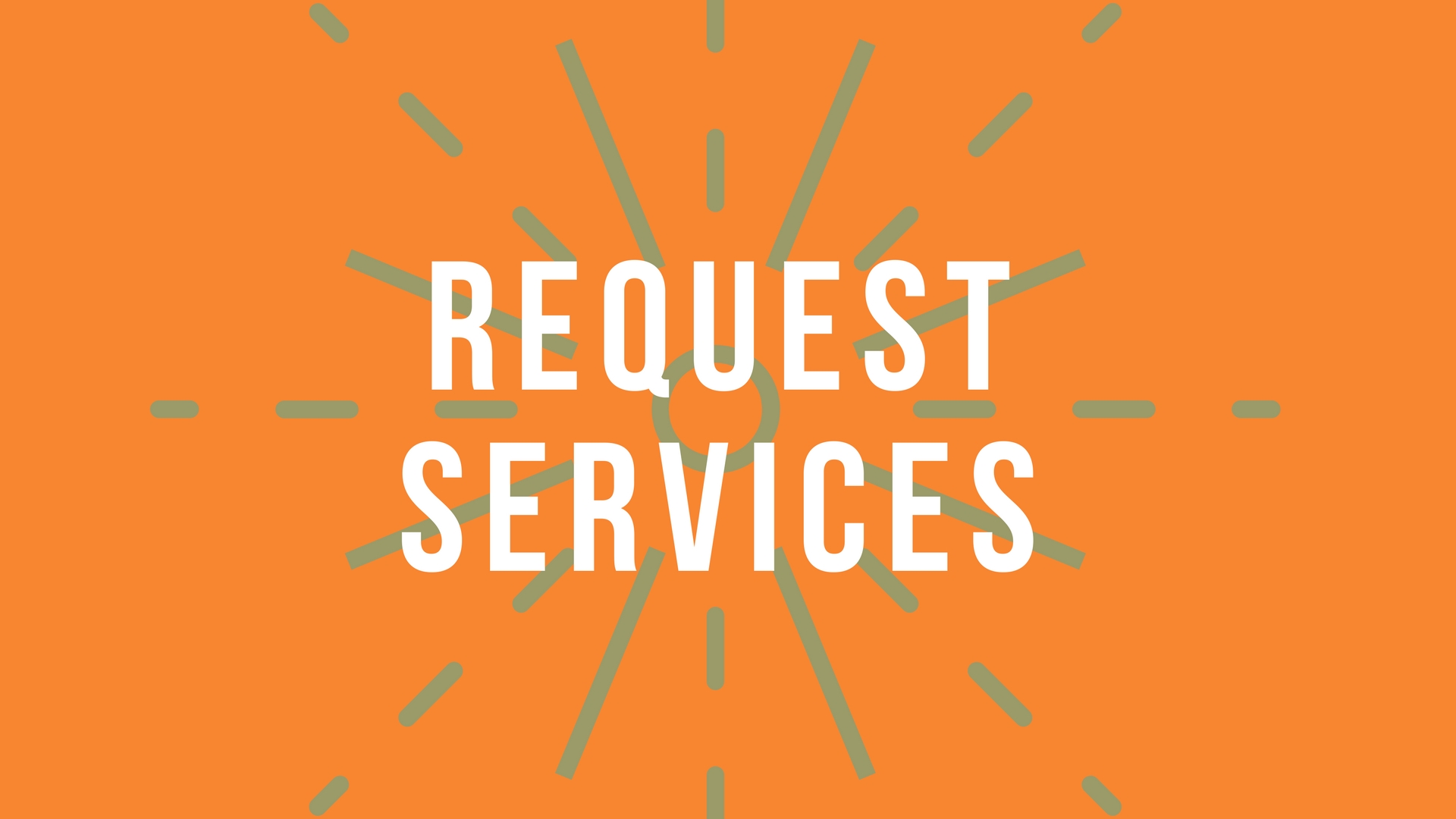[How We Change] - Why Change?
/Pie-Charting Your Life & Knowing Your Operating System
Let's talk about why we should change in the first place.
What determines why we change? Where does the desire or need to change come from? What is at the foundation of becoming a particular kind of person in a particular kind of world?
Well, this deals with the reality of your current identity, the destination of your ideal identity, and everything that stands in the way of those being the same.
So let’s get into pie-charts, ethics, health, your life 'gap' and maps.
But first, we need to address two epistemological assumptions that make this concept viable:
Assumption #1 — You have an operating system.
Whether it is a philosophy, religious tradition, or inherited lifestyle — you have something that acts as your goal and sets the lens for why you do what you do. Even nihilism, the belief that there is nothing, is an operating system.
There is something that guides & dictates your life.
Call it your "why" or your metanarrative, knowing what your operating system is will determine how you navigate who you are trying to become based on what the most effective, healthy version of your operating system is. We will get to this more in Step Four.
Assumption #2 — You can change.
You are not static and, in fact, every moment you are becoming something.
From geology to biology to your personality, every moment is a moment that is different from the previous moment.
The question, then, is:
Who are you becoming?
The answer lies in your operating system - of naming where you want to go in comparison to where you are now.
That dissonance is why we still need to change.
Step One — Sketching Your Pie Chart
Let’s begin by taking every single component of your life and imagining (or you can literally draw this out, if you would be so inclined) how it would look in a pie-chart.
What all is involved in your life?
What do you do?
What are the pieces?
Where does your time and energy go?
If we took a day or a week or a year of your existence, what would it look like mapped out in a chart?
There is probably a section for sleep. One for eating. Do you shower or brush your teeth or wash your hands? Do you relax a bit here or there? Or not? Maybe there is some form of work and other responsibilities. And how do you get places? That would be transportation. Do you participate in entertainment? What all is involved in that? I’m guessing you communicate during the day — so there’s another piece.
I hope you are realizing that this pie-chart is actually quite large.
One thousand, four hundred, and fourteen minutes in a day of every action, thought, & communication.
Twenty four hours in a day can be filled with quite a bit of stuff.
Relationships.
Eating.
Transportation.
Self-Care.
Social Systems.
Technology.
Entertainment.
Resource Use.
So we need to just start there — with an awareness of absolutely every single thing that plays a role in who you are, what you do, & how you do it.
That's Step One - Recognize all the different parts of your life.
Step Two — Everything Has an Ethical Dimension
Brushing your teeth? Seriously? Such a minuscule, unobtrusive, ordinary moment. Like, I barely have my eyes open and stumble to a sink with no thought at all and we are going to include that?
Well, here’s the deal, everything has an ethical dimension. [ Which deals with communication theory — more can be found here: Communication is Simple, Right? ]
There are five principles of communication that will help us make sense of this toothbrush thing.
All communication is goal oriented — not necessarily, “I have an agenda here,” goal, but there is a source, a reason, that sparks every piece of communication, no matter how miniscule.
All communication is continuous — and this is a big one. Because this moves us from communication as “speaking” to communication as anything you say, think, or do. The technical term is non-verbal communication and includes everything from how you say something when you inflect your voice or speak really fast, to the way you raise your eyebrow, to how you stand, or even colors you wear or how you maintain your inhabited space…all of it is a communicative act. [Here's more on the monumental dynamic of this principle: Everything You Do Says Something ]
Then you have that all communication is transactional — it not only is constant, but it is a constant giving and receiving.
And, all communication is relational — the giving and receiving happens with others. You don’t exist on an island. The effects of communication are relationally intertwined like a giant web.
- Finally, all communication is irreversible — it is why that thing you said to your cousin at Thanksgiving two years ago is either forgiven or still makes family get-togethers a bit awkward.
These “Principles of Communication” show that:
Your life is this constant (2) transaction of communicative acts (3) that reflects your identity (1) with implications to others (4) that are permanent (5).
A bit daunting, yes, but essentially this means that:
EVERYTHING YOU DO SAYS SOMETHING…
…AND ONCE THAT “SOMETHING” IS THERE, IT IS THERE.
Every piece of your life creates a mark in the world .
Essentially, everything has an ethical dimension.
That’s why this is so important — your identity shapes the world in a very real way. So if you look at brushing your teeth as a category with no implications and say, “Oh those things don’t really matter so I don’t really care about them,” that would enable a certain ignorance — you give yourself permission to ignore that component, however small, without recognizing that it is still a communicative act that creates something that is now a permanent part of your identity.
Or if you say, “Nothing shapes how or why I do what I do,” — well that is still something and it, too, has effects as a communicative act that creates the effects of not being aware of its effects.
If every piece of your life says something, then we might want to know, then, what are we saying?
What are we communicating?
Or, put another way:
What life & world are we creating?
That's Step Two - Recognizing that all these different parts have an ethical dimension to them.
Step Three — Know Your Operating System
[ Your Identity | life-philosophy | metanarrative | goal — the why behind everything you do]
If you look at each piece of that pie chart, what shapes and determines each part of it?
Do you have a framework that guides the ethical dimension flowing from everything?
Because if you don’t, if it is just brushing your teeth or if you just choose not to worry about what shapes your relationships or how you do the things you do and participate in…then it will still go somewhere.
And without being intentional, we will always drift towards the dominant mode of existence — which is primarily the easiest, most self-absorbed option. When we choose not to intentionally think through something, our reptilian brain takes over, and the results aren’t usually reflective of what is good and beautiful and healthy.
You have to own your ethic as a lens that infects every piece of how you live.
You have to know the story you are telling.
You have to be intentional about what you do and how you do it.
And that always begins with knowing “Why”.
The “why” implicates everything. It is the meta-narrative that will drive every behavioral component of your identity because it is the shape of your identity. Essentially, your identity is formed by the mythology of your life — and not ‘mythology’ as in the ‘fake story’ sense, but in the ‘what story shapes you?’ sense. Just like an operating system for technology, there is a foundational code that shapes why you do what you do.
If we are going to change, then we need to start with the big picture goal of where you are going.
This framework, then, will determine everything else.
That's Step Three - Knowing what shapes & determines your identity.
Step 4 — What is the Best “Why”?
For me, the answer is “Health”.
Now, I’m choosing a word that has direct meaning to me, but we must acknowledge that a variety of words could be used, each with their own nuances. I think “Health” is most appropriate because of the depth to the word and its cross-cultural potential, but some Christians might prefer “Image of God” or “The Kingdom of God." The Jewish or even some Christian faithful might prefer “Shalom”. Buddhists may lean towards “Enlightenment” or secularists might use “Actualization”. Stoic Philosophy (or many of the Greco-Roman philosophies) would use “eudaimonia”. Every culture or sub-culture has formed a variety of means to capture the idea of a flourishing existence.
They are all different and carry their own variations, some better than others, but they do have a common direction that can still be utilized:
A movement towards what is best & how things are meant to be.
It is the quest for a meaningful life that builds a better world.
So, to recap:
1. You have your pie-chart & you are aware of all the pieces of your life.
2. You then are intentional of the ethical dimension of all these pieces.
3. At this point, it leads to your “why” — it leads to understanding what the goal is that determines the “how” & the “what” of all those pieces.
4. Now we ask — “what is the best way to do that?”
That’s what I mean by “health”.
And not just “I’m not in the hospital” health, but you functioning in a way where every part is flourishing as it ought to be. Where you embody the best version of living; where you are fully human. True health is not just avoiding physical ailments, but is the experience of your life where it is the most optimal embodiment of what it means to sustain as a human being (if you want more detail on this definition: "Why Does This Exist? What Do You Mean By 'Becoming Human'")
But here’s the thing about health:
What happens if you are healthy and the world around you isn’t?
You could be physically healthy and yet surrounded by an ecosystem filled with destruction. Well, what is going to happen to you?
Or you could be emotionally healthy, but surrounded by people who are toxic or people who have such pain and suffering that it has caused unhealth in them. What is going to happen to you?
In talking about health, or any of the chosen meta-narratives above, whatever is occurring with the others around you or the landscape around you will pass through you. Remember, it is all relational and transactional — you don’t exist on an island. There is a pre-determined interdependence and connection with everything…literally everything. It’s like the world is one huge village.
The smallest denomination of health, then, is not one person's health.
The smallest way you can measure health is the health of the whole place…the whole village.
Health deals with you, but it also deals with the collective nature of everything. So if you are going to pursue health, it must not be with a myopic stance of “what is best for me” because what is best for you must also intertwine with what is best for everyone. The Stoics called this “cosmopolitanism” — you are a citizen of the universe.
If you are going to become your best self, then, it will naturally deal with the health of all other humans and places and things.
To be human is to move towards this.
That is the goal.
That is what should define everything that is a part of our lives.
That's Step Four - Naming the ideal identity of being human.
Step Five — Acknowledge the Gap: The Ways You Aren’t There Yet
Which means it is now time for graph number two.
Take your pie chart and put it along a y-axis (horizontal line). Then create (or imagine) an x-axis.
At the top of the x-axis where you see the number "10" would be complete health (or shalom or actualization, etc). This would be the ideal and, ideally, if we measured every piece of your life from the pie chart — everything that was a part of your identity — it would fulfill a universal flourishment where everything is exactly the way it is meant to be.
Everything would be measured as reaching the top of the graph that defines your “why”.
Appropriately unrealistic.
What would most likely happen when we measured each part of your graph is that each piece would correlate to several clicks down from the ideal. Some might be a little closer than others, some might need a lot of work.
But there would be a gap.
A gap between the ideal (the meta-narrative / goal / lived out ethical dimension of health) & the actual reality of your behavior.
If your pie chart is your actualized identity - then your operating system (or framework) is your ideal identity.
The assumption here is that they would not be the same.
What we have to do now, then, is confront the disconnected gap between those identities.
What this chart does is it names the dissonance now revealing where we need to go. Acknowledging the gap gives us space to begin changing so that the ideal & our behavior begin to become aligned.
That's Step Five - We need to change so that all of the pieces of our lives become what they ought to be yet aren't.
The Process of Aligning Your Ideal Identity With Your Actual One
1 — become aware of what isn’t the ideal.
2 — confront that gap.
3 — mitigate the gap.
4 — become aware of the next step & keep going.
It’s as simple as that.
Which means it isn’t knocking out the entire gap all at once. You become aware of one small discrepancy and you mitigate that and it is one small step.
So then you take the next step.
Then the next step.
A couple examples, you ask? It works like this:
Let’s take the transportation piece of your pie-chart and let’s say you commonly drive a motor vehicle to transport yourself from place to place. Here’s a good first step to take towards health:
Do you speed? As in drive above posted speed limits?
Well, there is a chance that those speed limits are not properly researched or were committed to out of laziness or corruption, but if you haven’t taken the steps to corporately enter that process and properly change them, then you should assume they are valid. Especially noting that every mile per hour you increase your speed exponentially increases the damage that would incur on any impact. But if those limits have been agreed upon by the community (i.e., the village) as the safest possible speed to avoid harm and destruction to yourself, other drivers, bystanders, and to the landscape via the use of fuel, then speeding is a part of the gap from health in your transportation column.
And, sure, there are arguments that you are still safe at a higher speed because you are special. Or that, in a larger view, laws that have been decided on aren’t always correct or good or noble.
But unless you are actively changing those laws for the good of the whole or you are Martin Luther King Jr., breaking that law might just be a mis-placed way to justify selfish pride.
The real posture should be asking the question:
How can you mitigate that part of the gap?
Drive slower. You are now on your way to more full health in the transportation dynamic of your identity.
Or we could take it another direction — there is plenty of research that shows that fuel is most effectively used at low speeds and the highest speed with the least used fuel is approximately 55 mph and without revving your engine above 2000 RPMs.
That, also, is a good step.
And from there it might go further because when you begin asking, “What is best for the health of the whole, including myself?” Doing this means you are continuing to expand your awareness and learn more to the point where you start combining trips in a vehicle to mitigate using it as minimally as possible or carpooling or biking or eliminating the need to travel distances that you can’t walk. Some of those might seem impossible now, but the further you move & evolve towards health, the more possible these become until the ideal and behavior are fully aligned.
Another example might be food.
Do you eat? Then you should continually ask questions about how your food consumption contributes to the health of the village and, therefore, yourself.
Which begins with what you put into your body.
But then keeps going to where you get your food from, how that contributes to the market or to the access it creates for the marginalized. If you drive to the suburbs for food because the choices are better then businesses who are trying to make money are going to stop putting up markets in low-income areas which makes access to food lack in those areas which contributes to greater unhealth for that segment of the population which, eventually, makes its way to greater unhealth for everyone…including you.
If you keep taking this process seriously, it may even take you to growing your own food and distributing it properly to your neighbors.
See how this works?
The same can be applied to relationships and asking, “What is the next best step for my marriage or my parenting or my relationship to my neighbors?”
Every single piece of your life can go through this constant process where you
- name the ideal
- you expose yourself to what can change based on your awareness of the gap
- you diminish the gap a bit
- and then you keep asking the next question to move even further.
It is like a map.
Where the map is this beautiful flourishment of health and you start at one part of the map. You learn it. You internalize it. You make that change.
But then you evolve to a further layer of the map and then another and then another until you can traverse the whole map like it is innate to your being.
Until the ideal goal & the reality of your behavior are aligned and there is no gap.
You just keep walking in this evolution of your identity until you fully embody “health” — universal flourishing.
Until you are fully human and the world more like it is meant to be with you.
That is why we still need to change.
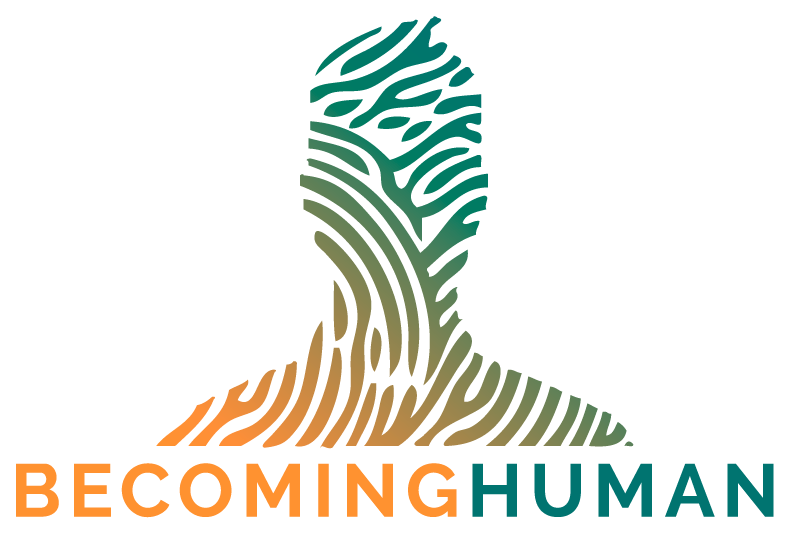











![Three Reasons We're Lonely - [And Three Responses For Being Less So]](https://images.squarespace-cdn.com/content/v1/5963d280893fc02db1b9a659/1651234022075-7WEKZ2LGDVCR7IM74KE2/Loneliness+3+update+%283%29.png)




















